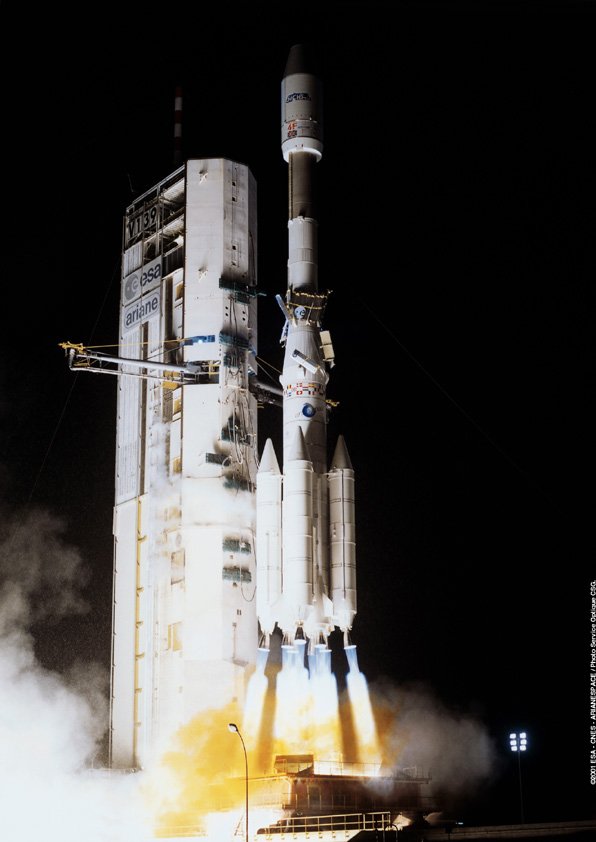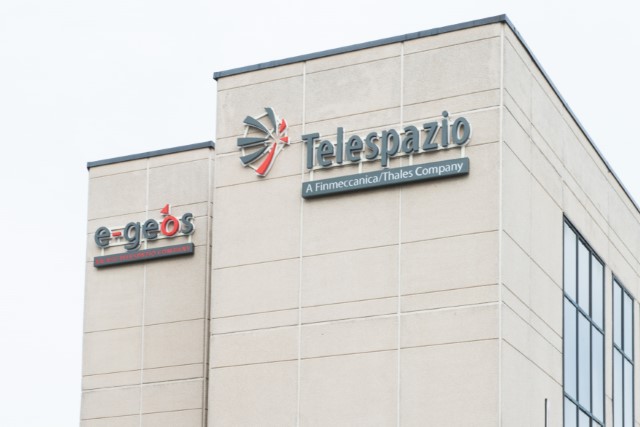03 May 2021
The new millennium was little more than 365 days old when SICRAL 1 lifted off from the base at Kourou in French Guiana. It was 7 February 2001.
The Italian System for Secure Communications and Alerts, to give the project its full name, had an ambitious mission: to guarantee telecommunications access for the national armed forces in all operational areas, even far from Italian territory. This was a task that it would go on to perform well beyond its operational life, originally estimated at ten years.

SICRAL 1's mission is to guarantee telecommunications access for the national armed forces in all operational areas, even far from Italian territory. Photo: Arianespace/CNES/ESA
For Telespazio, which handled the satellite's launch into orbit and operational management for a year before handing it over to the Italian Defence Ministry's Centro Interforze di Gestione e Controllo (joint centre for management and control), this was its last launch before the official confirmation of its transfer from Telecom Italia to Finmeccanica (now Leonardo) in January 2002.
The SICRAL programme demonstrated how much the Italian space industry had learned from the previous Italsat project, and was a springboard for a new form of project financing.

Not only did the single currency come into effect. For Telespazio, 1 January 2002 also marked its transfer from Telecom to the Finmeccanica group, now Leonardo.
Through the PPP (Public-Private Partnership), and starting with the subsequent SICRAL-1B, Telespazio would co-finance missions while reserving the right to use and market a proportion of the satellites’ transmission capacity to offer services to countries belonging to NATO.
The subsequent satellites for the SICRAL constellation were launched in 2009 (SICRAL-1B) and 2015 (SICRAL-2).
SICRAL 1 satellite lifts off from the launch pad at Kourou, French Guiana, on 7 February 2001 on Arianespace's Ariane 4 rocket. VIDEO: Arianespace

